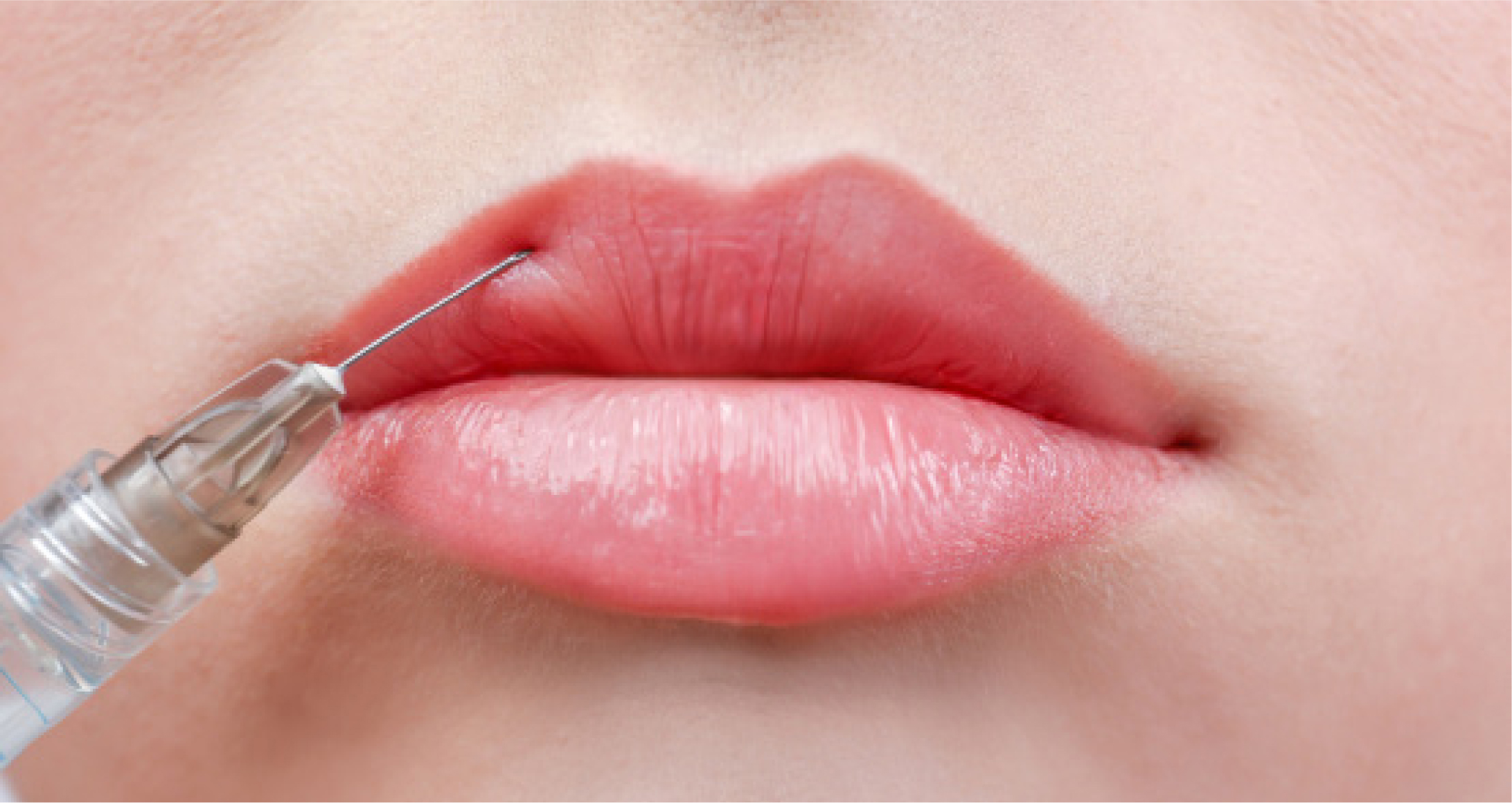References
Changes in the aesthetic industry and the impact of lockdown on body image


 Dermals fillers are not approved for use in patients under the age of 21, as there are potential physical and psychological risks
Dermals fillers are not approved for use in patients under the age of 21, as there are potential physical and psychological risks
With numbers steadily growing towards nearly 1000 members, the British Association of Cosmetic Nurses (BACN) continues to expand as an association. Our online regional meetings have been a success, with members registering to participate via Zoom.
Now that the short survey has been completed, we are in the process of collating the results, and a report will be published at a later date. So, here is a preview of some the responses. When asked why they joined the BACN, 90% of respondents stated they wanted to be part of professional organisation. Of that 90%, 44% noted the importance of having access to support from other nurses, while 23% wanted information to help them re-open their businesses once lockdown restrictions had been lifted. In response to when members started their aesthetic practice, 48% have experience of 5 years or less, with 30% having less than 3 years' experience, and 51% of our membership has over 5 years' experience, with 30% having over 10 years' experience. Some 1% of our membership have not started practising yet. Finally, 71% of our members are prescribers. So, thank you to all of our members who participated.
Register now to continue reading
Thank you for visiting Journal of Aesthetic Nurses and reading some of our peer-reviewed resources for aesthetic nurses. To read more, please register today. You’ll enjoy the following great benefits:
What's included
-
Limited access to clinical or professional articles
-
New content and clinical newsletter updates each month


